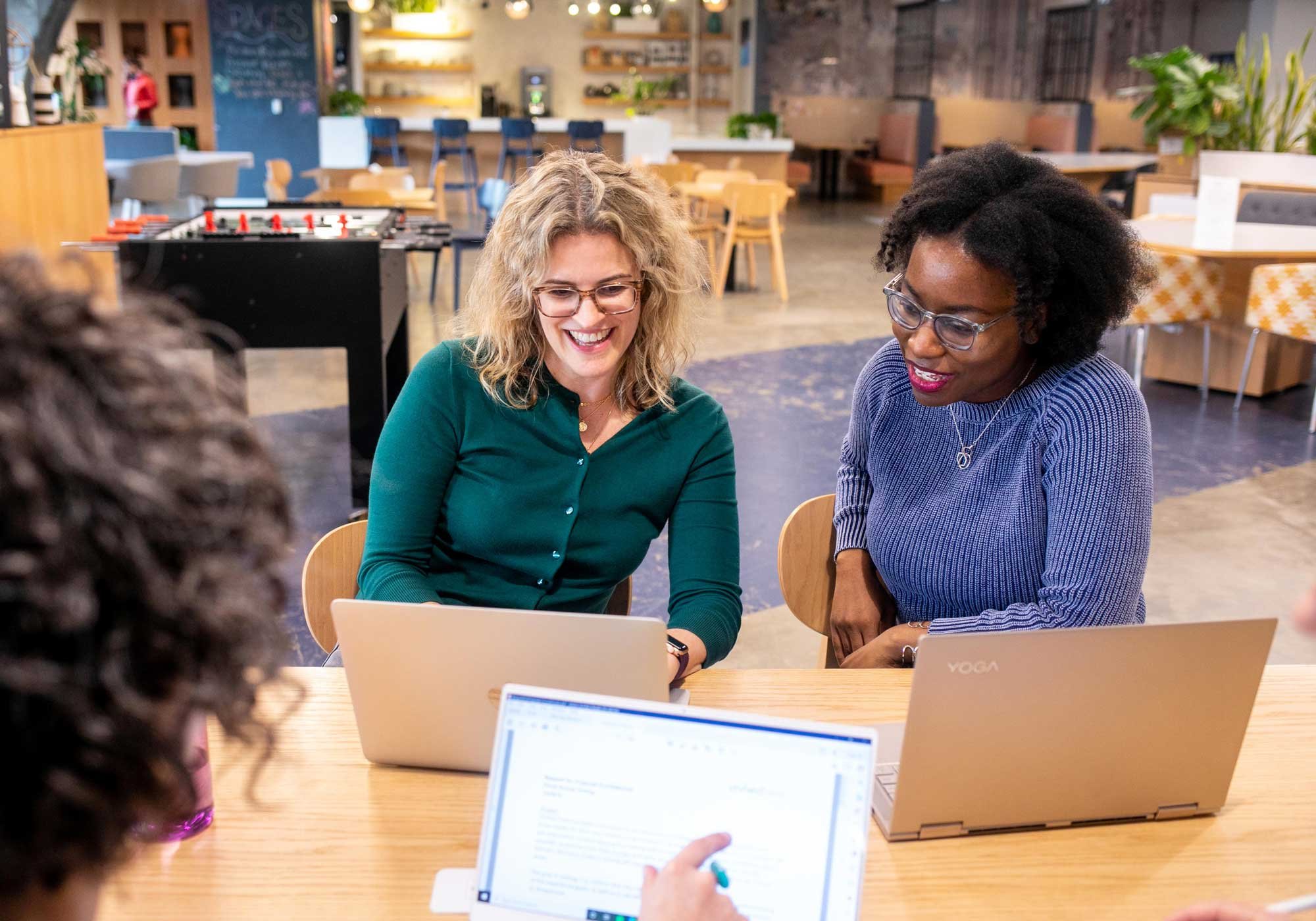
A space for our community to learn alongside us
Insights | Publications | Tools
The latest from our team
IRB 101: What is (and isn't) human subjects research?
This third post defines criteria for human subjects research by breaking down the term “human subjects research.”
Gen Z are Identity Crafters: What does this mean for Cultural Institutions?
As cultural institutions pivot towards serving this generation of visitors, it seems like a particularly salient time to query how this change in demographics might affect strategy, planning, and outreach for visitor engagement.
IRB 101: Risks to Research Participants
In my first post in this IRB 101 series, I described what IRBs are and why they exist. IRBs exist to protect research participants. In this second post, I focus on risks to research participants.
How Museums Can Nurture Diverse Talent
A discussion between SLAM’s Chief Diversity Officer and Fellowship Director, Renée Brummell Franklin, and Kera Collective Founder Stephanie Downey.
IRB 101: What are they? Why do they exist?
My hope in leading the IRB 101 workshop and writing these posts is to help others overcome their nervousness about IRBs. Let’s start with a shared, foundational understanding of IRB.
Gen Z are Investigators: What Does This Mean for Cultural Institutions?
Summer is here, and with it, a new guest blogger series! Today we are excited to share a new post by our friend Sadiya Akasha of Sitara Systems. Sadiya is a researcher, product designer, and expert on Gen Z (people born between 1995 and 2010). In this summer series, Sadiyawill make the case for how and why engaging Gen Z is critical and share research-based insights that cultural institutions should noteif they want to survive and thrive.
Collaboration, Expertise, and Museum Education: Reflections from a COVID-era Furlough
In early April I returned to work after a three month furlough. While being furloughed was not welcome news in an already challenging year for the field of museum education, this period away from my job as an art museum educator gave me ample time to think deeply and reflectively, something that feels in short supply when carrying out my regular duties and schedule.
Anti-racism Pledge: 7-month Update
Seven months ago, RK&A committed to anti-racist practice. To hold ourselves accountable, we write these updates to publicly document the work we have been doing and work still to do.
Illuminating Culture and Nature Equally: Generative Thinking at a Critical Time
Spurred by the art-dominated sections on Museums in The New York Times, Emlyn reflects on this sector’s pressing need for a balanced profile between people/society and non-human life/nature.
Improving Our Museum Labels Through A Harm Reduction Lens: Part 4
Having drafted new labels, we want to ensure our approach is actually meaningful to our audiences at the Nelson-Atkins before putting them on the walls. We’re currently in the process of evaluating our new labels to better understand their impact on visitors.
Improving Our Museum Labels Through A Harm Reduction Lens: Part 3
In our workshops with curatorial colleagues (which we wrote about in the last post), we continually heard certain ideas rise to the surface about shared principles for interpretive text at the Nelson-Atkins.
Improving Our Museum Labels Through A Harm Reduction Lens: Part 2
In my last post, I wrote about harm reduction as a philosophy and how it might be applied to rethinking museum labels. In this post, I’ll explain just how we started these conversations at the Nelson-Atkins and put our ideas in action.
Earth Day at 51: Why Museums Must Embrace the Anthropocene
Whether or not public programs are again canceled because of the COVID-19 pandemic, Earth Day each April 22 warrants the engagement of the museum sector. Emlyn Koster explains why.
Improving Our Museum Labels Through A Harm Reduction Lens: Part 1
We're delighted to share the first post in a new four-part series by Rachel Nicholson from the Nelson-Atkins Museum of Art (located in Kansas City, MO). This first post breaks down what is harm reduction and what motivated the Nelson Atkins' team to do this critical work.
Thinking About Art: The Role of Single-visit Art Museum Fieldtrips Programs in Visual Arts Education
In this article, Amanda and Stephanie share the results of two large-scale research studies that examined the impact of art museums’ field trips on K-12 students (pre-pandemic) and discuss how art museums’ teaching supports student empathy and creative thinking.
Anti-racism Pledge: 3-month Update
It has been three months since we pledged our commitment to anti-racist practices: We, individually and collectively, pledge our commitment to being anti-racist—which we recognize as an ongoing pursuit through our everyday actions.
Vision-Driven Leadership: Now More Than Ever
Emlyn Koster urges the museum sector to combine operational recovery efforts with strategic pathways towards a more holistic societal and environmental future.
Museums and Climate Change: A Form-follows-Function Perspective
Emlyn Koster, PhD, delves into why museums should illuminate the environmental and societal impacts of climate change.
If we cannot define “museums,” how do museums survive?
While there is some agreement on what a museum does—collect, preserve, educate—there is not consensus on the museum’s purpose. From our theoretical perspective, purpose is the impact a museum has on people.
Five Ways Evaluators Can Further Accessibility Efforts in Museums
At RK&A, we have been exploring and trying ways to bring accessibility to the forefront of our evaluation work to help museums become more accessible and inclusive for visitors with disabilities. While this is an ongoing process, this blog covers some of the things we are doing.

























